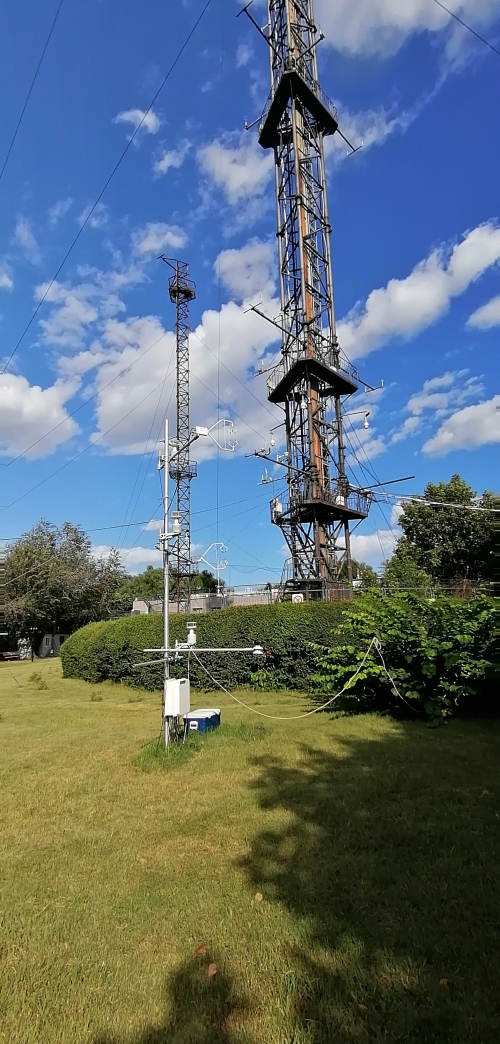Laboratory of Atmospheric Boundary Layer Physics and Atmospheric Chemistry
Laboratory of Atmospheric Boundary Layer Physics and Atmospheric Chemistry (LAPC) was set up in 1988. The research goals are to understand the physical and chemical processes taking place in the lower atmosphere, and their evolutions and impacts on climate and the environment. LAPC has developed a comprehensive observation system for boundary layer measurement, with a 325 m meteorological tower as the center, equipped with point- and phase-connected advanced instruments and computers. LAPC has achieved a considerable amount of important progress in experimental and theoretical studies of atmospheric boundary layer structure and turbulence over urban surfaces, the Tibetan Plateau, and other complex terrain, the formation mechanism and evolution of heavy air pollution, numerical prediction modeling for urban air pollution, numerical simulation of dust transport and its environmental impacts, and characteristics of carbon and nitrogen cycles. In recent years, LAPC has also developed an atmospheric chemistry and atmospheric environment laboratory with advanced instruments of international standard.
Research areas
1. Atmospheric boundary layer physics and detection
· Turbulent coherent structure with complex underlying surfaces and the mechanism of atmospheric boundary layer gusts
· Structure and exchange processes of the atmospheric boundary layer with heterogeneous underlying surfaces;
· Characteristics of soil-gas turbulent matter and energy exchange in typical ecosystems
· Marine atmospheric boundary layer processes;
· Parameterization and modeling applications of atmospheric boundary layer processes
· Detection and modeling of the physicochemical structure of the atmospheric boundary layer in metropolitan areas.
2. Atmospheric chemistry and environment
· Observation network and system integration of atmospheric boundary layer physics and atmospheric
· Secondary organic aerosols source apportionment;
· Formation mechanisms, transport and evolution of the air pollution complex
· Air quality prediction model development and multi-model ensemble prediction methods
· Prediction and mobile platform development in relation to sudden air pollution risk.
3. Carbon and nitrogen cycles and soil–gas exchange
· Observation of greenhouse gas concentrations and flux exchanges between the surface and atmosphere
· Matter and energy exchange in temperate semi-arid grasslands, alpine meadow grasslands, and the Tibetan Plateau
· Carbon and nitrogen cycle processes and the characteristics of matter and energy exchange between the surface and atmosphere in temperate forests and their response to environmental change
· Model development and application of carbon and nitrogen cycle processes in terrestrial ecosystems.
Director: WANG Zifa
Website: http://www.lapc.ac.cn/


